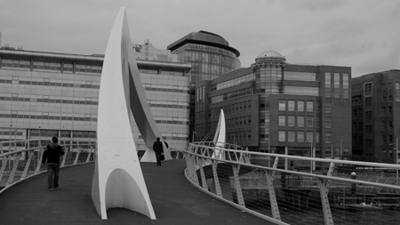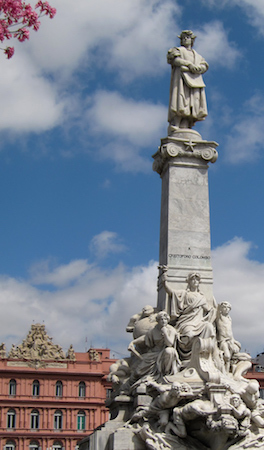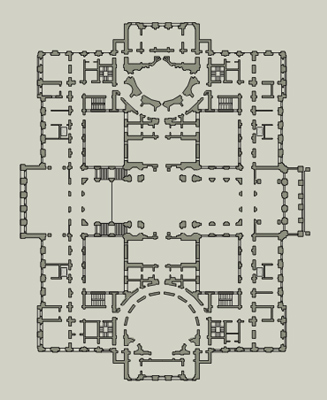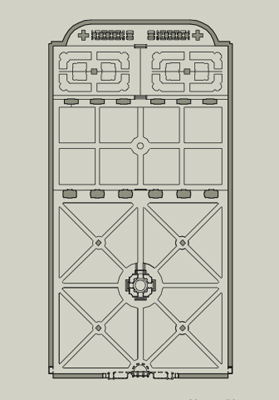Barrio 17 de Octubre • Villa Pueyrredón
(Avenida de los Constituyentes & Avenida General Paz)
Like several other Perón era housing projects, a name change occurred after military leaders ousted the President. 17 October 1945 marked the birth of Perón’s political presence when workers marched on Plaza de Mayo, demanded he be released from jail & requested his nomination as President. Later consecrated as the Día de la Lealtad & made a national holiday, such a polemic moment in history could not survive the anti-Perón years which followed the coup. A less controversial name for this neighborhood —Barrio General José de San Martín— today commemorates a less controversial historical figure. Locals also know it as the Barrio Grafa, named for a former adjacent textile factory (Grandes Fábricas Argentinas), today occupied by Walmart.
Read More »housing for the masses: barrio 17 de octubre, 1950 




